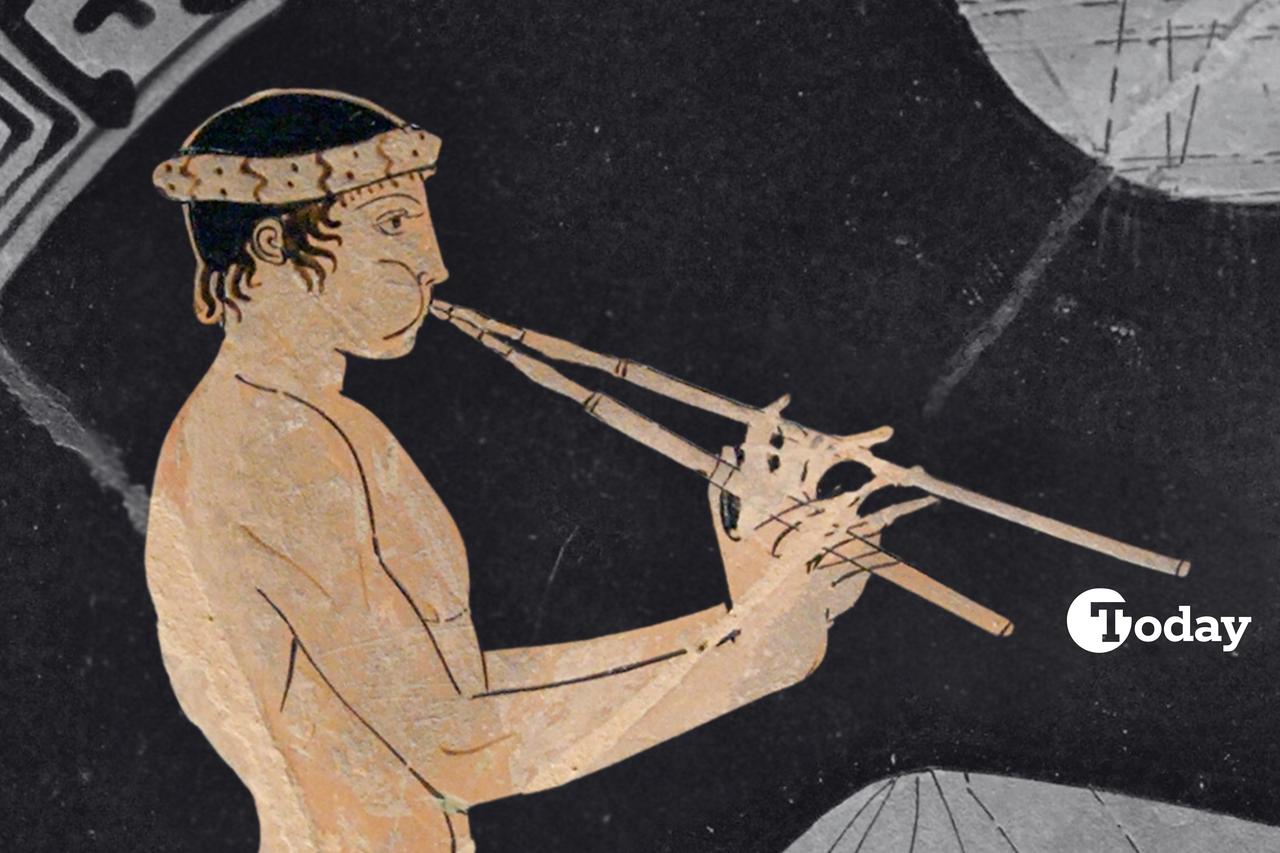
Long before the age of gunpowder and steel, battlefields across the ancient world thundered not only with the clash of weapons but also with the sound of music. In regions now part of modern-day Türkiye, archaeological evidence and ancient texts reveal that music played a powerful role in both inspiring warriors and commanding armies.
Associate Professor Mesut Kinaci of Suleyman Demirel University recently explored this musical phenomenon in a comprehensive study, shedding new light on how melodies, rhythms, and instruments shaped the outcomes of battles from the Archaic to the Hellenistic period.
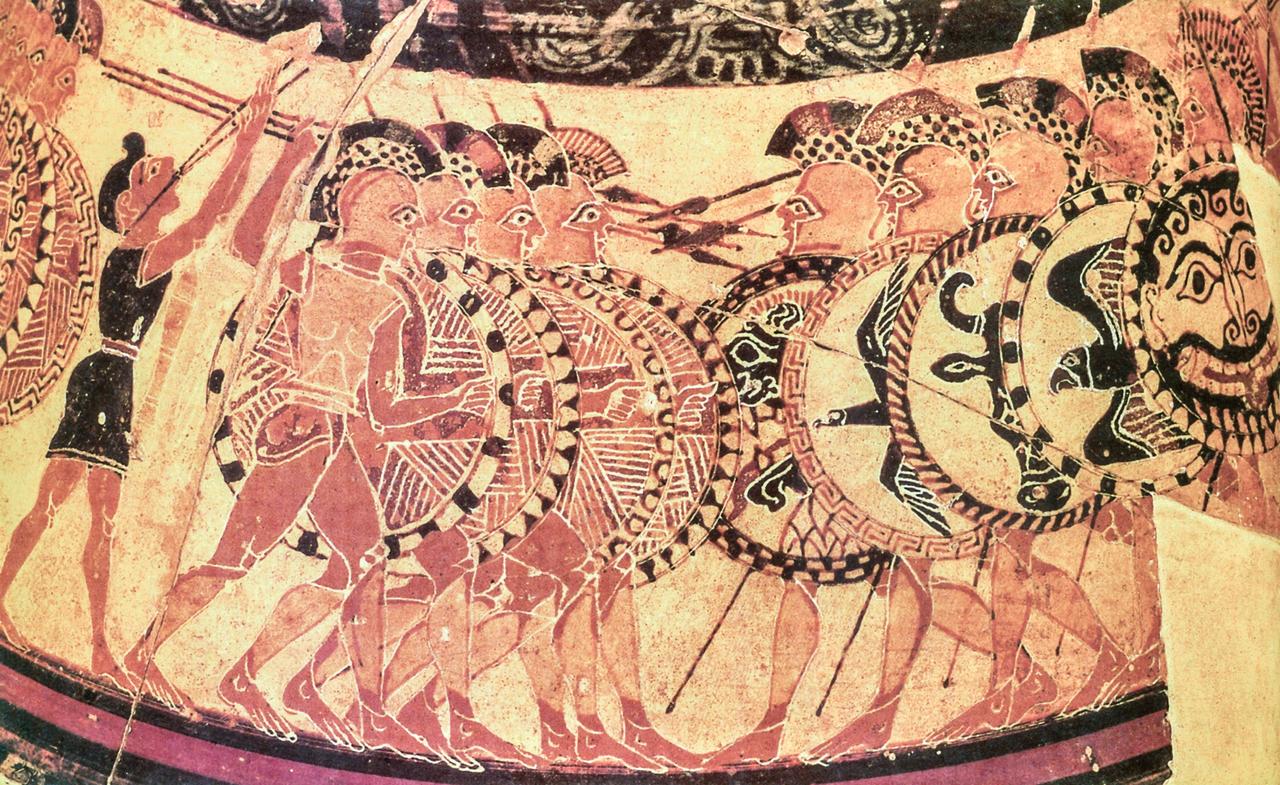
From the dusty fields of Sparta to the coastal zones of Ionia, soldiers moved to the sound of flutes and horns. Instruments such as the aulos—a double-piped reed instrument—and the salpinx, an early trumpet-like horn, were crucial not for entertainment but for survival.
Commanders used the piercing call of the salpinx to signal charges or retreats, a necessity when the roar of combat drowned out shouted orders. Meanwhile, the rhythmic tunes of the aulos helped troops march in unison—a critical factor in maintaining tight formations like the hoplite phalanx. Ancient historian Plutarch described Spartan warriors advancing fearlessly, "with joy mixed in the music," as they aligned step-by-step with aulos melodies.
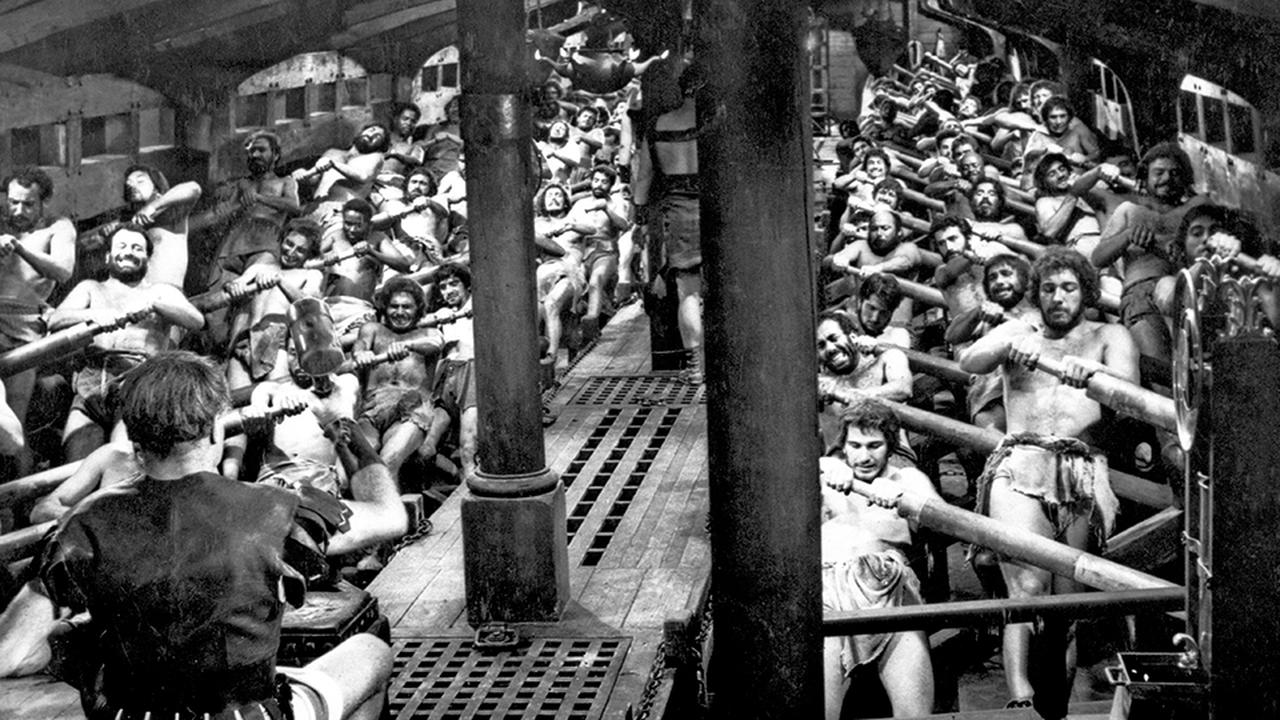
Battle music wasn’t limited to the frontlines. In both Athens and Sparta, war preparations included dance-based military training. The Pyrrhic dance, performed with shields and helmets to the sound of aulos music, served as both physical exercise and combat rehearsal. In Sparta, the Gymnopaedia festival featured intense outdoor dancing under the sun to prove the strength and discipline of young warriors.
Even naval warfare had its own soundscape. Ancient trireme ships, often featured on ceramics unearthed in Türkiye, included musicians who helped rowers maintain tempo during maneuvers, enabling coordinated attacks that often decided the fate of sea battles.
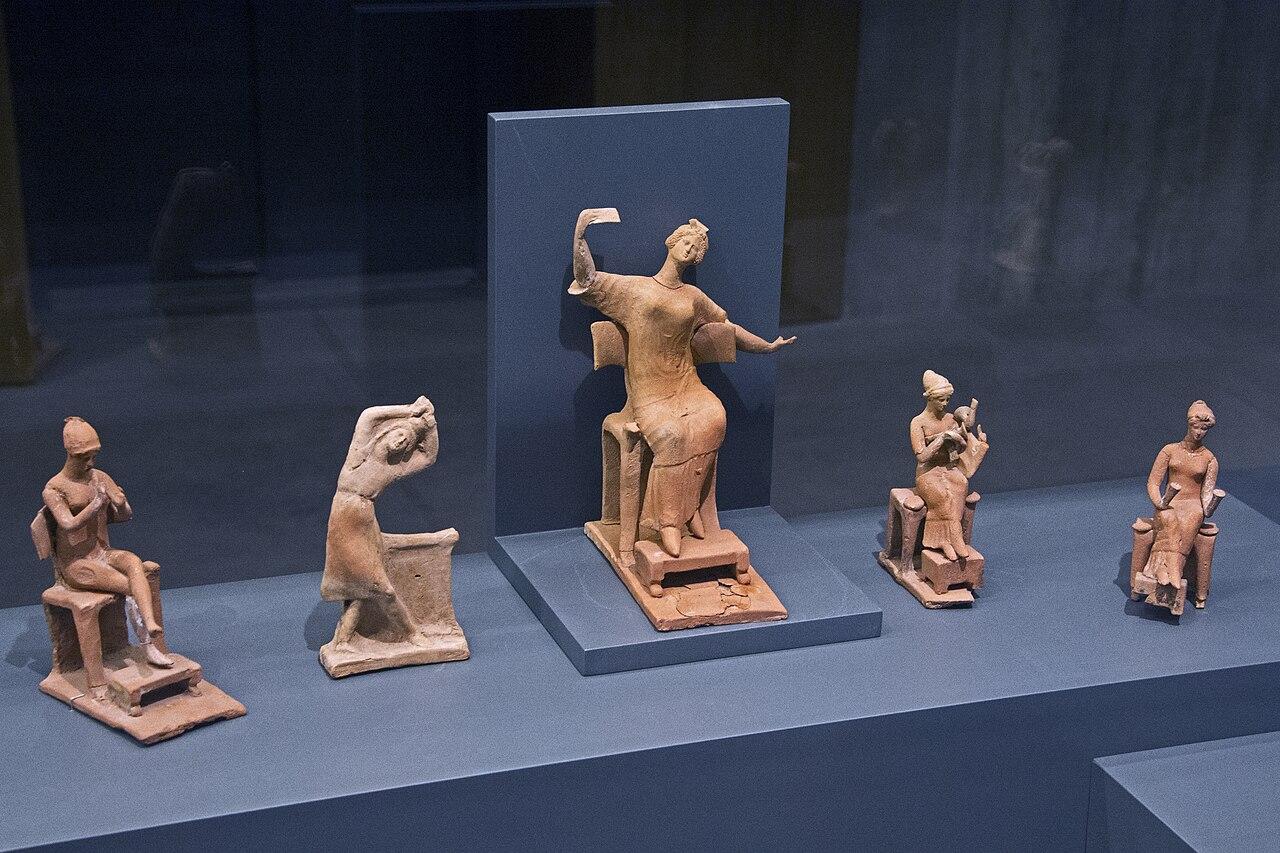
Music's psychological power was another battlefield asset. According to Homer and later chroniclers, trumpet blasts during sieges could unnerve city dwellers, while stirring melodies could inspire courage in exhausted troops.
A remarkable example comes from Sparta’s war with Messenia. The poet Tyrtaios, an unlikely military advisor, reportedly rallied demoralised Spartan soldiers with powerful songs performed to the lyre and aulos. His verses, extolling bravery and sacrifice, not only boosted morale but altered the course of war. Centuries later, he would be honoured as a musical hero of Sparta.
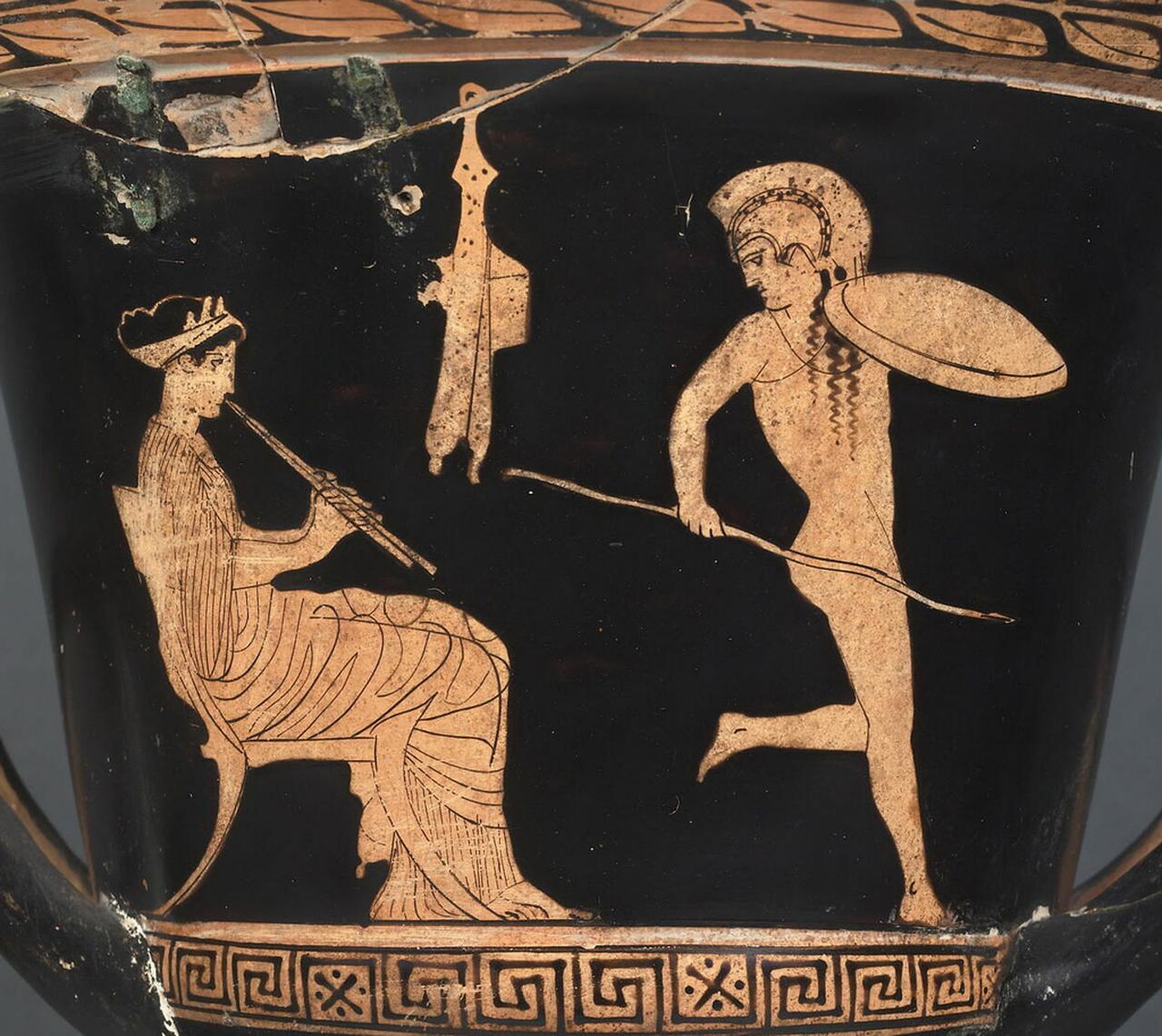
The battlefield symphony didn’t end with combat. Victorious soldiers often sang paeans—sacred hymns—in honour of gods like Apollo and Ares. These songs celebrated survival, offered thanks, and immortalised glory. Artifacts found in Türkiye’s archaeological sites, including vases and stone inscriptions, support these accounts with depictions of musicians accompanying triumphal processions.
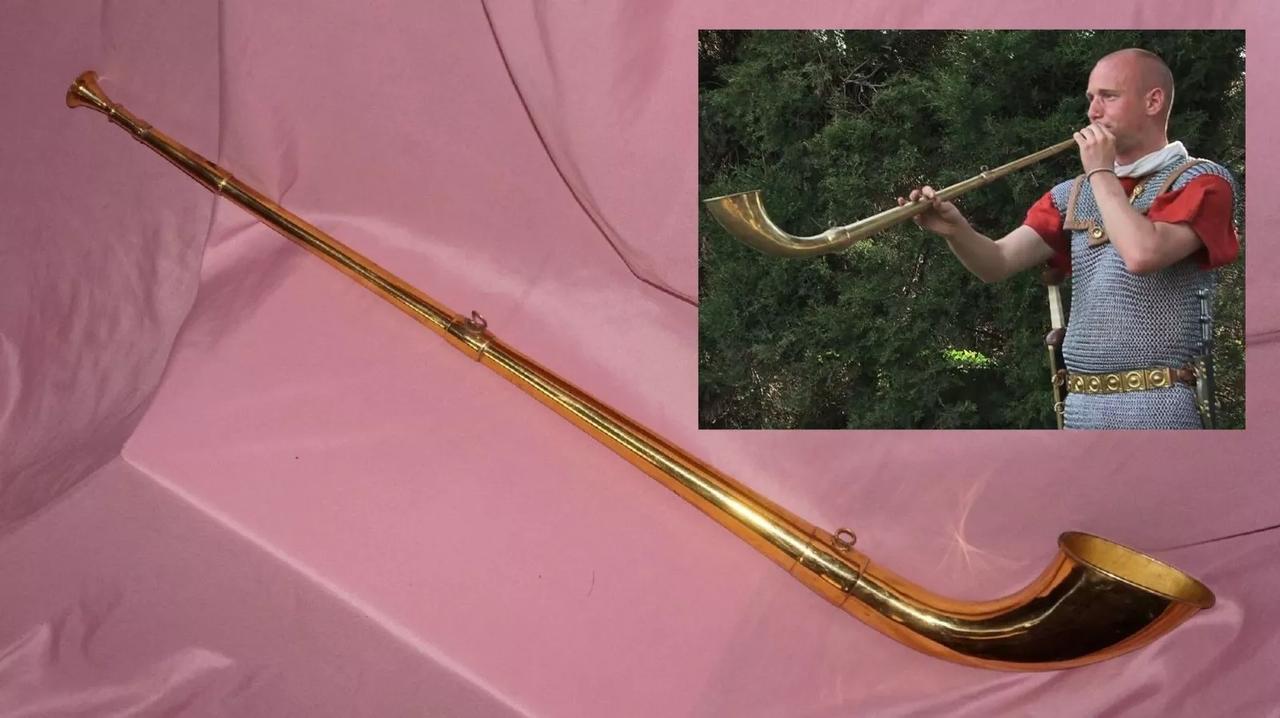
Though deeply rooted in Hellenic culture, battlefield music traditions didn’t disappear. The Roman Empire adopted and adapted many Hellenic musical practices, including their military use. These traditions gradually evolved into the military bands that would become standard across Europe centuries later.
Today, standing among the ancient theatres, temples, and training grounds scattered across Türkiye’s archaeological landscapes, one can still imagine the sounds of salpinx blasts or the haunting aulos guiding a line of hoplites to war.